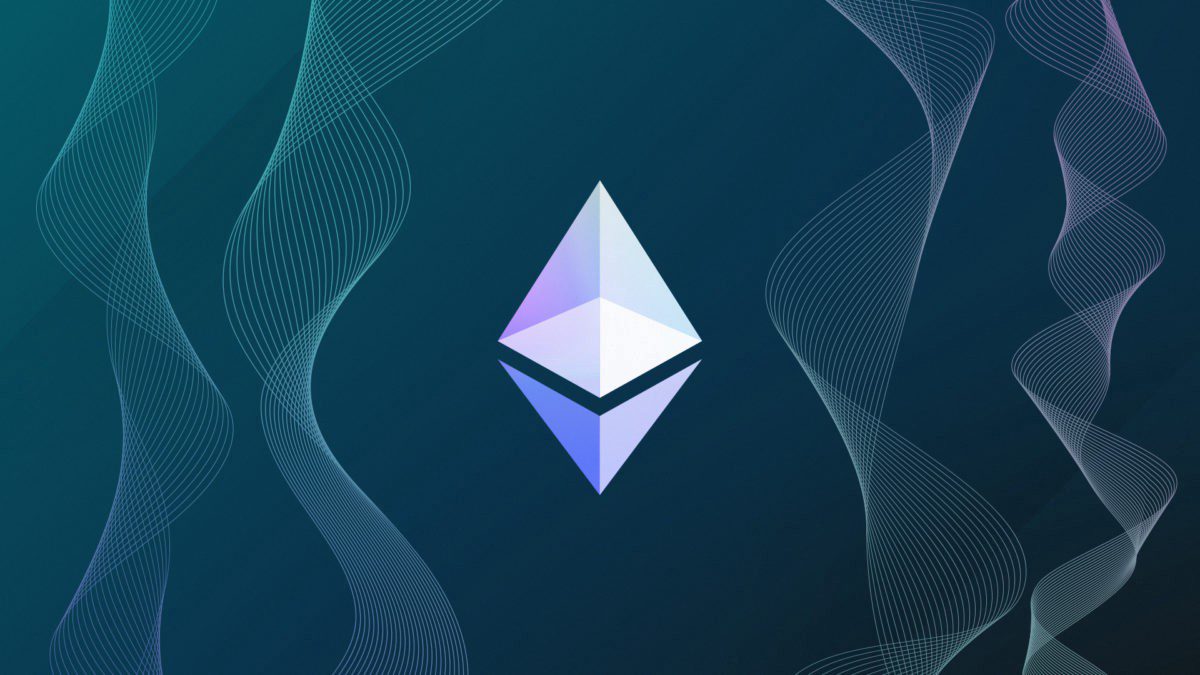Ethereum (ETH) is the second-biggest cryptocurrency in the WORLD. Here’s an overview of the Ethereum Project, what it can do, and why you may wish to use it.
Pronounced “e-fear-re-um”, sometimes called “ether”, and traded as “ETH”, let’s break down this world heavyweight blockchain and cryptocurrency.
What Is Ethereum?
Ethereum is a “decentralized platform that runs smart contracts”. Ethereum handles the hard task of building a blockchain network, including security, payment, users, and more. You can focus on building cool projects and decentralized apps (DApps) which run on Ethereum’s network.
Created by Vitalik Buterin, but now run by the Ethereum Foundation (with help from Vitalik), Ethereum projects are more than financial ideas.
Any app running on the Ethereum network is a “smart contract”. Not only can you develop almost any project imaginable (CryptoKitties anyone?), but you can quickly and easily create an entire cryptocurrency!
Vitalik leads the Ethereum vision team, and co-founder Jeffrey Wilcke serves as the head developer. The Ethereum GitHub project contains a core team of 47 developers and 178 different projects.
These vary from Ethereum implementations in different programming languages, to experiments and new projects. Suffice to say, This code isn’t disappearing anytime soon.
How Does Ethereum Work?
Ethereum works like many other blockchain projects. Each node has to perform processing and reach an agreement with all the others on the outcome of a coding task. Like Bitcoin prevents nefarious users from fiddlin’ with the funds, Ethereum prevents bad users from manipulating the code.
If the nodes don’t agree, the DApp won’t complete the task, whatever that may be.
Ether is the cryptocurrency developed by and for the Ethereum network. This is the fuel paid to node operators, and it’s a cryptocurrency you can trade. Whenever a node completes a piece of work (this could be a transaction or some custom DApp code), they get paid in ether.
This serves two purposes. It keeps the network healthy by encouraging people to run nodes, and it provides an incentive for developers to write better code. As more efficient code takes fewer resources to execute, it costs less money to run.
Roughly 72 million ether existed during Ethereum’s 2014 presale.
Every year, the supply of “new” ether is limited to 18 million, but this doesn’t mean there’s an unlimited supply. Sometime during 2018-2019, Ethereum will switch from the current Proof of Work consensus algorithm to a new Proof of Stake algorithm called Casper. The Casper algorithm is more efficient and will continue to increase security, and improve the stability and resilience of the network.
Nodes on the Ethereum network mine ether. Discovering a new block rewards the miner with three ether. If your node finds a solution, but it was not included in the block, you may get a small “uncle/aunt reward” of a half to two ether. This is a small gesture to recognize the work performed.
The Ethereum White Paper
You can read the Ethereum white paper on GitHub. Written before launch in late 2013, but it’s still kept up to date. It covers five core principles:
Simple: Ethereum should be as simple as possible.
Universality: Ethereum doesn’t “do” anything, but it allows other developers to do anything.
Modularity: Ethereum uses small individual components which can change without impact on the whole network.
Agility: The Ethereum team are willing to change and adapt the project as required in the future.
Non-discrimination & non-censorship: Ethereum will not ever stop an app running, even a poorly designed or inefficient one—providing the fees are still paid to run the code.
These core principles underline everything the Ethereum Foundation do. They provide the tools, and it’s up to DApp creators how to use them.
How Much Does Ethereum Cost?
One ETH is currently worth $199.80, but like many cryptocurrencies, you can buy a small fraction. (Confused? check out this cryptocurrency guide explains everything.)
Ethereum hasn’t always been this price. Like all cryptos, it experienced a huge surge in late December 2017/January 2018.
Ethereum hit a record-high price of $1,417.38 on 10th January 2018. This record price was up 60% over the previous week, and up a whopping 13,000% on the previous year. Now that’s a price rally! This price soon started to sink, along with the rest of the market.
Steven Nerayoff, another co-creator believed this price could double or triple during 2018, but that’s starting to look unlikely now.
Where Can You Buy Ethereum?
As Ethereum is a big player in the cryptocurrency markets, you’ll be hard pressed to find an exchange which doesn’t trade it.
All of the exchanges listed in our best cryptocurrency exchanges list all allow you to trade ETH. Peer-to-peer trading website Local Ethereum allows you to buy or sell Ethereum by trading with local individuals. If you’re a beginner, Coinbase.com is the easiest way to get starting with a debit or credit card.
What’s Ethereum’s Future Potential?
The future looks very bright for Ethereum. Controlled by the Ethereum Foundation and Vitalik Buterin, the Ethereum network is in capable hands. So many projects, DApps, games, and tokens run as ERC-20 smart contracts on Ethereum’s network. Due to the design of public blockchains such as Ethereum, it’s very difficult to censor, block, hack, or otherwise limit the availability of Ethereum.
Ethereum isn’t without its share of controversy, however. The so-called “Parity freeze” bug recently froze over half a million ETH owned by crypto wallet provider Parity. Who could forget the DAO hack? 3.6 million ETH got stolen through another bug.
This was “recovered” by resetting Ethereum’s chain in the form of a hard fork. This paved the way for Ethereum Classic, which continued to operate the original blockchain, hack and all.
It’s my personal opinion that Ethereum is a solid and reliable project. Sure, there have been bumps along the way, but the Ethereum Foundation and core developers continue to update the code, along with researching better techniques covering security, speed, ease of use, efficiency, and more.


